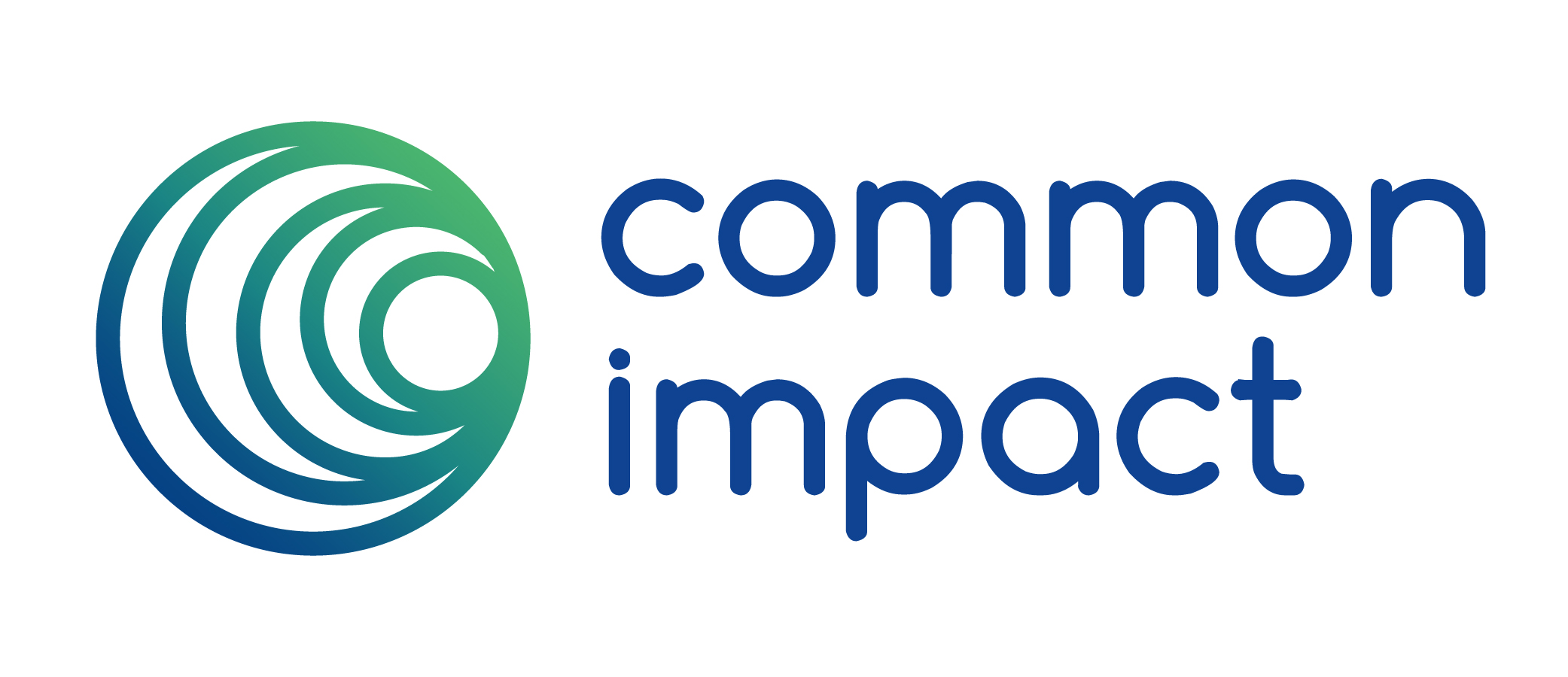Paper to Pro Bono: Connecting your Strategic Goals to Pro Bono
by Andy Boes

Paper to Pro Bono: Connecting your Strategic Goals to Pro Bono
by Andy Boes, Common Impact
Mission-driven organizations face significant pressure to funnel resources directly into their client-serving programs, at the expense of investing internally to strengthen their organization’s potential for long-term impact. With uncertainty looming over public funds for social programs, increased demand for services will intensify that pressure, leaving even fewer resources available to build nonprofit infrastructure. This makes the case for engaging in pro-bono ever-more compelling: resource-strapped nonprofits can tap into the well of skills and energy that exists in the corporate sector to fuel much-needed investment in organizational capacity.
Many of our nonprofit partners tell us they understand conceptually how skills-based volunteering can strengthen their organization, but they struggle to actually translate their organization’s unique strategic priorities into actionable pro bono initiatives. In this piece, we’ll walk through some exercises that will help you to understand if pro bono is the right tool for your organization and how it can best be leveraged to tackle your organizational goals.
Break it down
A strategic plan will often, by design, paint in broad strokes to provide a general picture of what your organization seeks to accomplish. To identify whether pro bono will be a fitting tool for you, you’ll need to take things down a level by identifying the tactical steps that will be taken to actualize your objectives.
Let’s consider, as an example, a typical strategic goal for nonprofits: increasing organizational revenue by twenty percent over three years. If your organization’s plan is to increase the number donations from its existing donor base, this is likely a task an existing CEO or Partnership Director should manage in-house. If, however, your approach is to diversify revenue streams by tapping into a new donor market or developing an earned-income revenue stream, the fresh perspective and expanded network of skills-based volunteers may be particularly valuable.
Identify gaps
We think of two dimensions that feed into an organization’s capacity to execute on a strategic plan: time and expertise. If it is insufficient time that’s preventing you from achieving your goal by a target date, you may want to consider some “quicker fix” solutions that will take less up-front time to manage, such as paying a consultant, implementing an “out of the box” solution, or re-allocating a staff member’s hours.
However, if the challenge to meeting your goal is a gap in expertise, pro bono is a powerful means of filling that gap. Working alongside volunteers will offer experiential learning and on-the-job training to your staff, equipping them with the skills needed to maintain and evolve the solution in the future. Additionally, you will forge relationships with skilled professionals who may become strategic, as-needed resources for your staff and board going forward.
To illustrate this distinction, let’s once again look at the strategic goal of increasing your revenue by twenty percent. What is hindering your organization from achieving that objective? If you don’t have the time to focus on development because staff capacity is directed towards programmatic work, skills-based volunteers cannot provide you with the sustainable solution you need. But if the challenge is that you don’t know how to grow your revenue, then engaging skilled volunteers with deep subject matter expertise can provide the injection of skills you need to accomplish your goal.
Clarify skills required
For a skills-based engagement to be successful, there must be a clear alignment between the project need, the skills your organization is missing, and the expertise of the volunteer team. To identify the specific expertise you are lacking, you’ll need to parse out the root cause of your challenge.
Looking at our example goal of increasing revenue once again, you’d want to ask yourself about the biggest obstacle to meeting your twenty percent goal. Do you have a marketing challenge, with a need for refreshed collateral? A financial management challenge, with a need for interactive financial models? A technology challenge, with a need for a new donor management system? A human resources challenge, with a need for stronger hiring protocol for Development staff? These needs will, naturally, necessitate a very different set of skills from your volunteers, so identifying your most pressing needs will enable you to recruit the right pro bono support.
At Common Impact, we strive to align skilled and energetic volunteer teams with projects that can make substantive contributions to the advancements of our nonprofit partners’ strategic goals. If you have walked through these exercises, you are well on your way to a successful pro bono engagement! Next, check out some of Common Impact’s tools to take the next step of scoping out your pro bono project and quantifying its value for your organization. And as always, continue the conversation with us at info@commonimpact.org!

